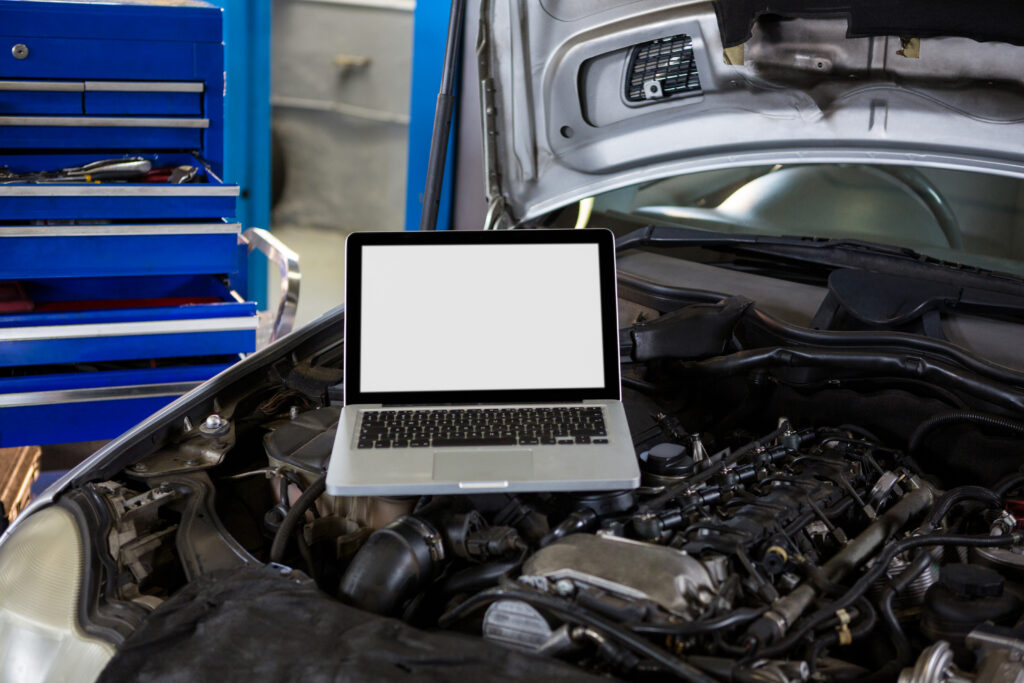What is ECU remapping? ECU, or Electronic control unit, is the electronic device that manages all the intricate functions of your vehicle’s engine. This unit sends signals to your vehicle’s ECU or Electronic control unit. It then interprets these signals, changes them into instructions in your vehicle’s ECU reads. The result is a precise and proper performance every time your vehicle shifts into gear.
What is ECU Remapping?
ECU remapping, or chip tuning, is now getting a lot of attention from performance car enthusiasts because it allows raising the vehicle s torque, horsepower and also has a considerable positive impact on vehicle driving comfort. It is basically the replacement of one control valve per engine with another one. And it all happens by just changing one valve. The ECU is essentially just a sophisticated computer chip and if you were able to optimize its operation in order to make the most out of your vehicle’s engine, you are in luck.
This method is also used to improve fuel economy. If you are a fuel efficient driver, using this technique can help you shave off up to 40% of the fuel you are currently spending. How? By changing one single control valve per engine, the ECU is told to use one less fuel in order to achieve the same effect. This translates into better fuel economy and you can see the improvement on your fuel bills. So not only does it save money on fuel, it also saves on maintenance costs and you get the most out of your vehicle.
Should you Remap your Car?
Remapping an ECU is not something that you do by yourself by installing a new tuning box. You need to consult a professional mechanic first before doing anything because the process is technical. But if you want to do it yourself, there are two ways you can do it. First, you can remap it yourself by replacing or modifying one of its main parts – the ECU wiring loom. This is the part that carries out the communication with the engine and hence, performing the necessary calculations regarding the fuel consumption. So by changing its loom, you can alter its operation and optimize its usage of fuel.
The second way to perform engine remapping is by changing its software. There are various kinds of software available in the market but most of them are not compatible with the ECU itself. Hence, you have to get a specialized chip tuning guide that has been designed for the ECU. It will tell you what to change, how to do it and how to remap the ECU.

Before you perform these two methods to remap your ECU, make sure you first back up your vehicle. Usually, repairing the fuel consumption issue before you remapped the engine will not work. If your vehicle is in good shape, then the process will be much easier and faster.
Now, let us move on to the second method. The third method is by actually altering its software. This is also called “electronic engine tuning” or “EET”. This process involves changing the values of some setting, which are stored in the ECU. This step is also necessary in order to maximize the benefits of ECU remapping.
Third, let us move on to how to perform the actual ECU remapping. You need to remove the old ECU from your vehicle. Take out the old filter system and also take out the screws attaching the fuel filter to the engine. This is where you will locate the ECU chip and later, you will replace it with the new chip.

